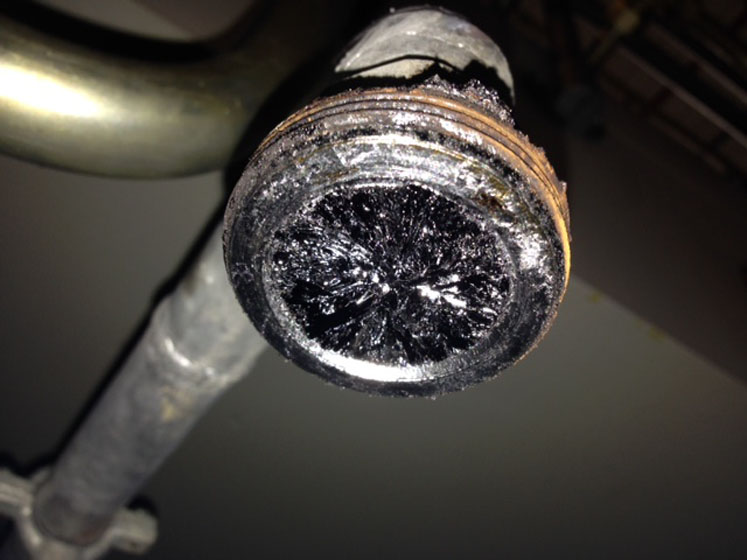The temperature of the office is an ongoing debate in businesses globally. Employers often search for the optimal temperature to ensure employees are comfortable and productive, but did you know there’s also an optimal air temperature for industrial facilities?
Here Dave Dyer, Technical Sales Engineer at thermal fluid specialist, Global Heat Transfer, explores the importance of air temperature when operating heat transfer systems and how to regulate it effectively.
Temperature control is essential for any manufacturing environment — changing temperatures can have a significant impact on processes, products and people. Some applications, such as food, chemicals, plastics or pharmaceuticals manufacturing, require heating for production. Manufacturers in these industries must consider not only how the temperature of circulating fluid will impact product quality, but how it will impact the entire facility.
Health and safety teams should monitor air temperature to ensure it does not negatively impact employee productivity or safety. Working in higher temperatures for longer periods of time can lead to fatigue, increasing the risk of illness while reducing personal productivity.
Working around hot, uncovered equipment, also increases the likelihood of injuries such as burns. To remain compliant with health and safety legislation, companies must find ways to reduce the health and safety risks of working in facilities with heat transfer fluids.
Hot equipment
Although employee safety is paramount, engineering managers should also monitor air temperature to ensure that equipment remains operational — as equipment overheats energy consumption increases and equipment efficiency decreases. Just like your office computer malfunctions when it overheats, electronic controls can fail when temperatures exceed 40 degrees Celsius.
While a thermal fluid system is built for indirect heat transfer, exceeding the intended operating temperature can negatively impact productivity. One area that can be particularly affected is the expansion tank, a critical component that allows hot thermal fluid with the space it needs to expand, which when heated can be up to 20% of system volume.

To allow for this as well as provide a sufficient safety factor, the expansion tank should always be approximately a third full when the system is cold. When the system is at full working temperature, the level in the expansion tank where oil hits the atmosphere should not exceed 60 degrees Celsius.
If the tank exceeds 60 degrees, the oil inside will oxidise, leading to a build-up of acid and carbon (as seen in figure 1). Over time this will reduce the heat transfer efficiency of the equipment and could lead to costly downtime.
Keep it covered
Investing in correct, and properly installed insulation is the best way to regulate air temperature in the facility, control the temperature of equipment and better protect employees. Insulation ensures that heat created in the manufacturing process does not heat up the facility elsewhere, enabling manufacturers to ensure the air temperature is consistent.
Insulating parts of the system also means that manufacturers can better regulate the temperature of equipment that must operate at specific temperatures, such as the expansion tank.
When choosing insulation for a heat transfer system, manufacturers should consider what material best suits the application. During its lifespan, a heat transfer fluid will degrade. The degradation process introduces by-products into the fluid, such as carbon that forms inside and acid corrodes unseen parts of a thermal fluid system.
If this continues without intervention, small holes can appear in the coil, allowing fluid to leak, posing a fire hazard. Thermal oil would soak into porous insulation, increasing the risk of fire and other hazards, so using a non-porous insulation, such as blown glass, works best in areas of the system where fluid could leak, including flanges.
Further benefits
While insulation is key to improving conditions for employees and equipment, there are added benefits. Insulation prevents heat from escaping, improving heat transfer efficiency. With time, manufacturers will find that less energy wasted from heat escaping will reduce energy usage in the facility while also reducing the carbon footprint of the process.
Finding the correct temperature for a work environment is not easy. For example, in a 2018 survey by CareerBuilder, 46% of workers said their office is either too hot or cold. While offices continue to argue over the thermostat for employee comfort, it is clear that manufacturing facilities must take better action to regulate temperature.
Regulating air temperature can prevent health and safety risks, reduce the risk of downtime and improve equipment efficiency.
